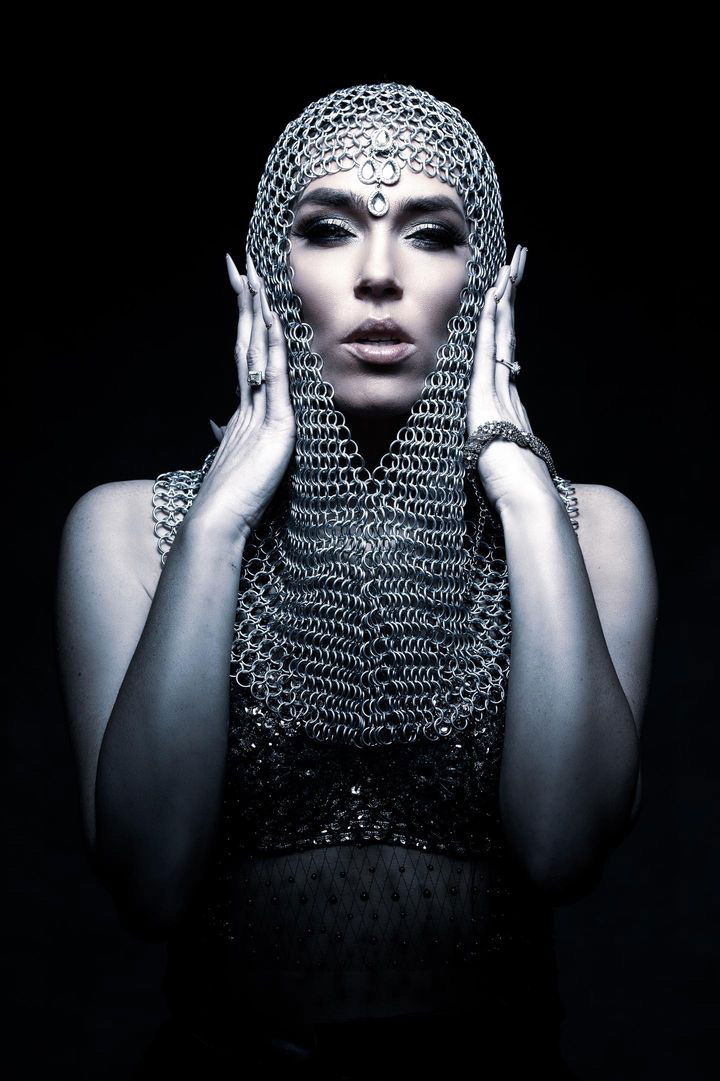Black & White Photography

Black and white photography: when and how to use it Black and white photography is one of the most popular niches in the photographic universe, and also one of the most challenging. In this article we will explain how to use it, what visual impact this style provides to the viewer and the elements that make up this type of work.
1. Change of perspective
When the colors in an image are removed, the emphasis in the viewer's eye naturally shifts to other elements of the composition, such as:
* Light;* Shades;* Textures;* Contrasts;* Expressions;* Emotions.
For many photographers, this style is quite liberating, as it is possible to emphasize a subject without the “distraction” of colors in the scene. The world looks different in black and white.Of course, not all good color images would translate to good black and white images. The same goes for the opposite. Everything will depend on the context inserted in the photo and the intention behind the artist.
2. Increased creativity
Since the world is in color, it's safe to say that color photography is more realistic and descriptive, while black and white images only show a version of reality, which looks more interpretive and creative.Using this to your advantage, you can “lead” the viewer's eye to really essential elements in your composition. By taking out the color, you remove everything the public is used to seeing and can provide new meanings by emphasizing other points in a photo.Because it is a more elaborate process, which requires a deeper thought in the message, shooting in black and white can help a lot in the development of your creativity, since it is necessary to capture attention without the help of beautiful colors.If you want to know more about composition, read the following article: Photographic composition rules you need to know
3. Improved use of negative space
The “empty” areas of the photo, called negative space, are easier to enhance with black and white photography, thanks to the effect of reducing distractions.In this style, photographers tend to focus more on light and dark areas of the frame and their interconnections. In addition to taking advantage of the composition thanks to the play of light, the negative space also helps to separate the main subject from the rest, giving the image more depth.
Sources
** Digital-photography-school**
Expert Photography
Article by Renata Rodrigues